Also published at Shapeways Magazine
——
Math is the greatest artist. Structure, form, geometry, and symmetry are secret keys to beautiful 3D objects. For example, this stunning Rhombic star by Mathematical Creations:

This design was created with Wolfram’s powerful software Mathematica. The latest release of Mathematica 11 added a suite of new 3D printing features including 3D mesh and data utilities, a library of ready-made scientific 3D printable models, and an increased ability to thicken and modify Mathematica outputs to make them suitable for 3D printing. In addition, Mathematica can send models directly to a local 3D printer or a 3D printing service. For example, you can use Mathematica to send models to Shapeways right from the command line, like this:
Printout3D[model, "Shapeways"];
For this week’s Tutorial Tuesday, we’ll highlight some simple Mathematica commands for creating 3D printable models, then highlight three Shapeways designers who use Mathematica in their work.
From Mathematica Output to 3D Model
Sometimes Mathematica output is suitable for 3D printing, and sometimes it is not. Any number of things could go wrong: The output on the screen could be a 2D render rather than a 3D representation that could be exported; or the output could be an infinitely thin representation of a mathematical object and therefore not printable; or the output could be exportable, but with a mesh that needs repair.
Some Mathematica commands that can produce 3D printable output are ContourPlot3D, RevolutionPlot3D, ParametricPlot3D, and Graphics3D. With the new Mathematica 11 you can also set thickness using ThickSurface and FilledSurface in PlotTheme. Or control the thickness of your output using Extrusion, PlotStyle, and Tube commands, as shown in these simple examples of thickened, exportable outputs:
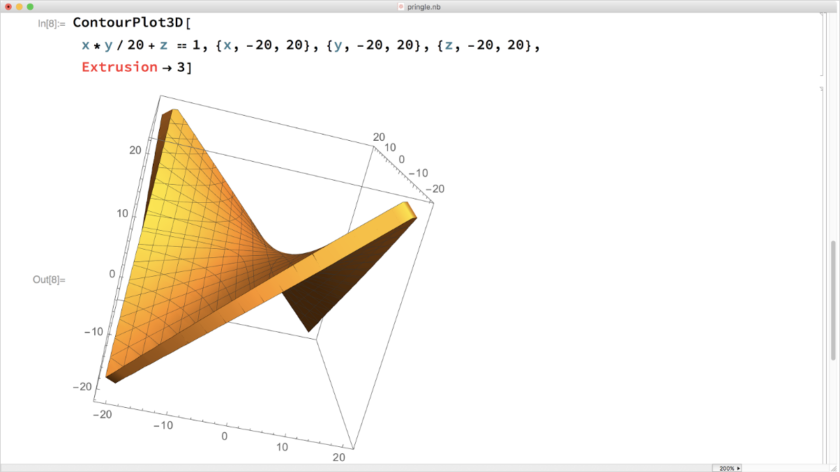


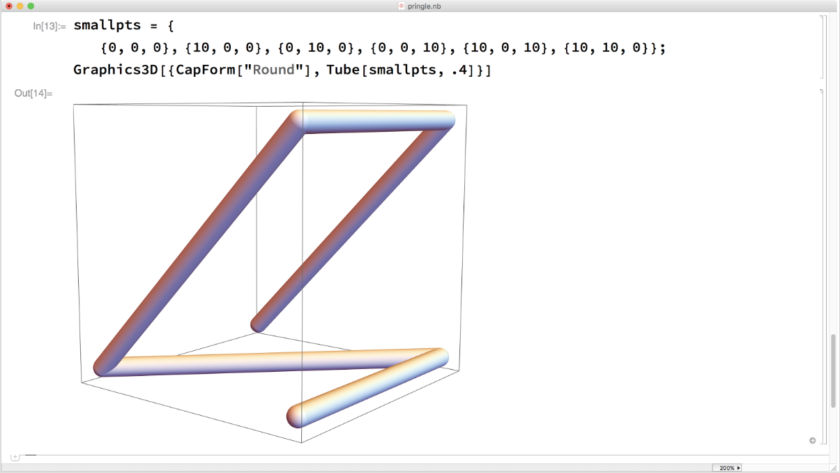
A 3D Printed Tour of Mathematics
One place to find great Mathematica models is Henry Segerman’s Shapeways shop, Mathematical Art. Segerman is a math professor at Oklahoma State University who uses Rhino, Python, and Mathematica to create astounding mathematical designs.
Want to learn more about the mathematics behind these beautiful 3D prints? Check out Segerman’s new book, Visualizing Mathematics with 3D Printing, where he uses 3D printed models to take a tour through geometry, symmetry, and other mathematical topics. Most of the illustrations in the book show 3D printed objects that you can view, download, or order for printing from the book’s companion website. You can also learn some of the basics of using Mathematica for 3D printing from Segerman’s Notes on 3D Printing.
The Math of the Universe
For a wide variety of beautiful designs created with Mathematica, check out the Shapeways shop Mathematical Creations by Rick Russell:
Make sure in particular to study the first model in the screenshot above; it’s a 3D projection of a four-dimensional slice of a model of six enfolded spacetime dimensions of a ten-dimensional space studied in string theory (!!).
Math Art and Tutorials
Another great Shapeways shop for models created with Mathematica is MathArtShop by Christopher Hanusa, a mathematics professor from Queens College of the City University of New York
Want to learn how to make designs like these? Check out Hanusa’s blog The Mathematical Zorro, where he shares wonderfully detailed design walkthroughs of some of his designs, including Mathematica code that you can learn from and modify to make your own designs.
What do you make with Mathematica? Do you have any tips and tricks to share? Let us know in the comments. We’ll definitely be having another Mathematica post sometime in the future, and we’d love to feature your designs.
——————
As an Amazon Associate we earn from qualifying purchases, so if you’ve got something you need to pick up anyway, going to Amazon through this link will help us keep Hacktastic running. Thanks! :)

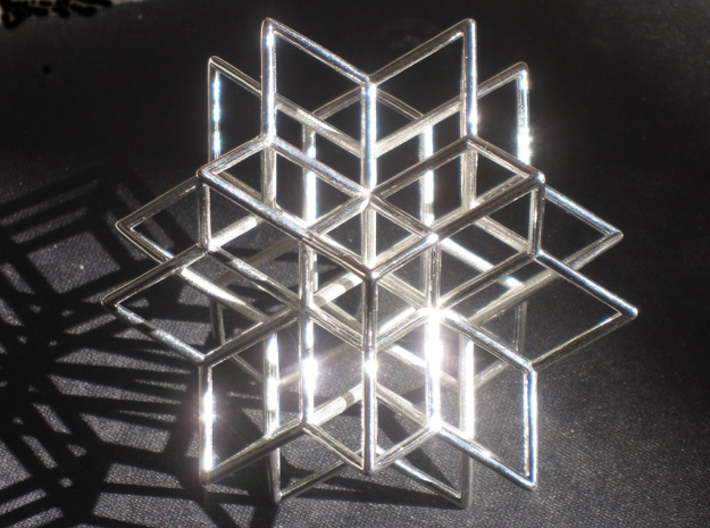
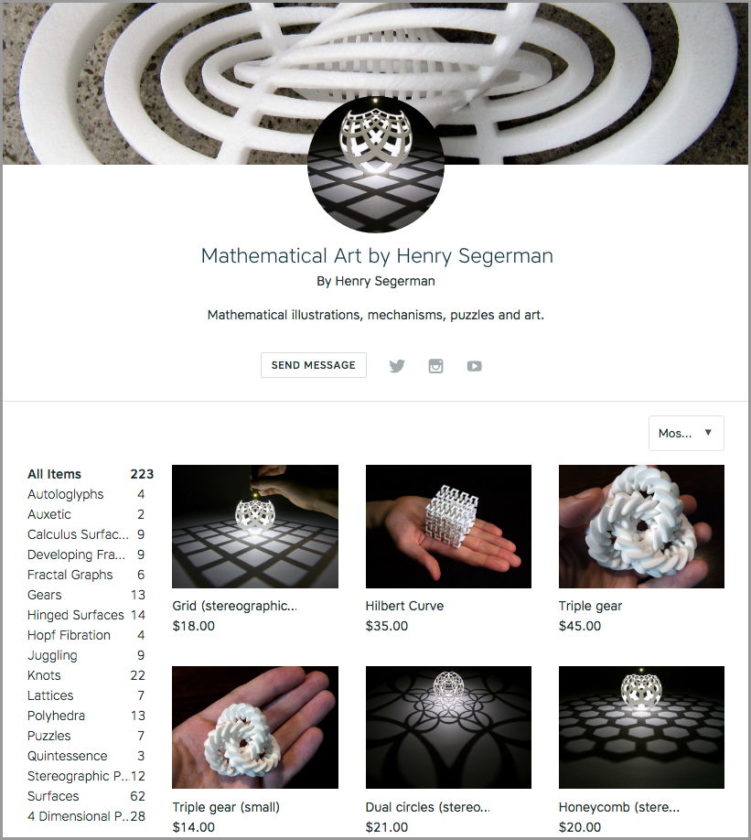
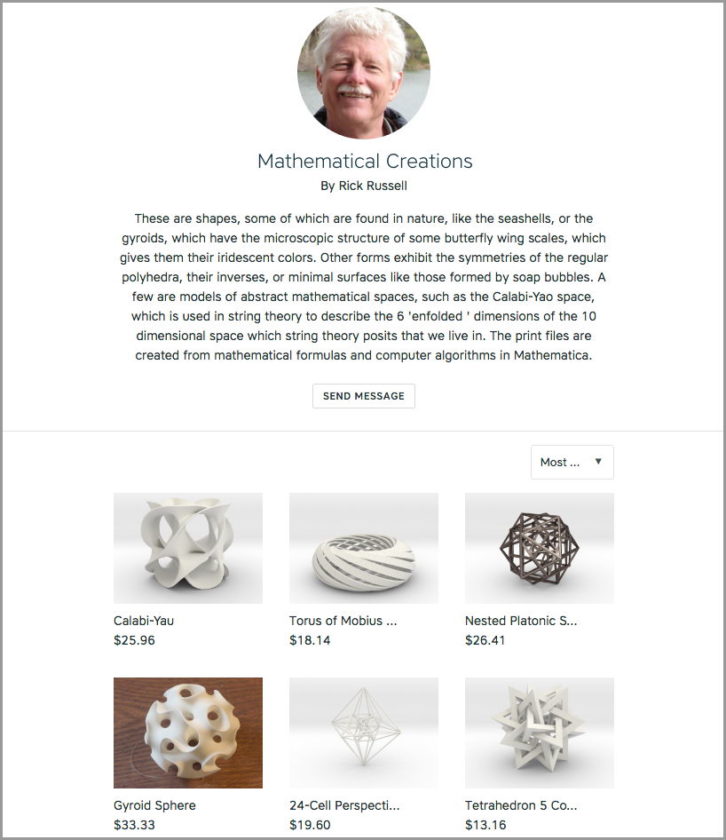
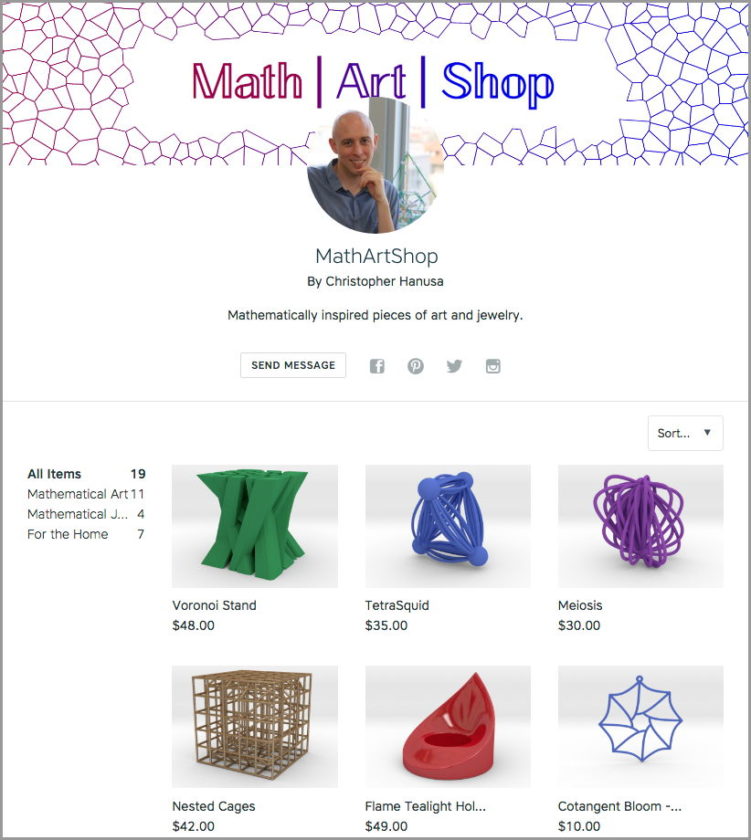

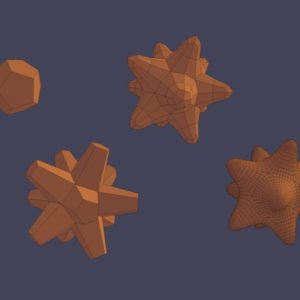
Leave a Reply